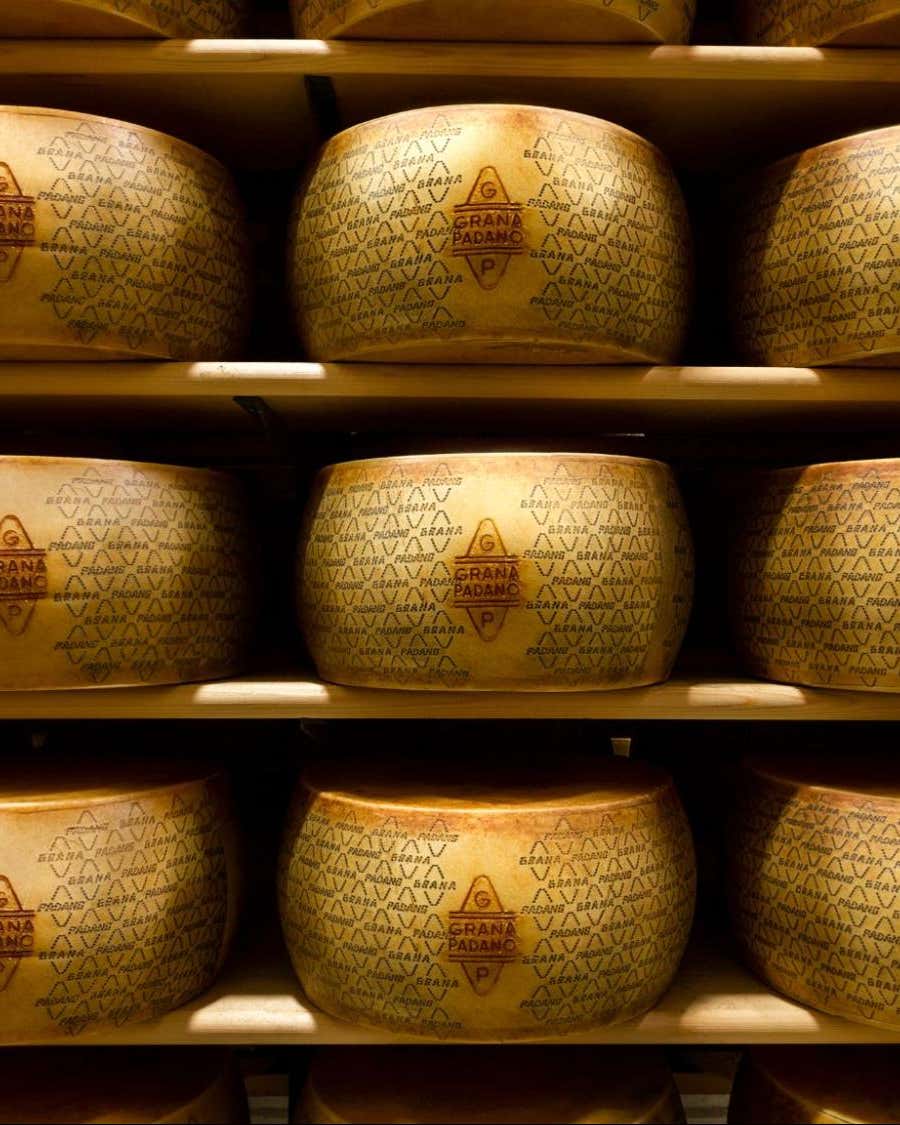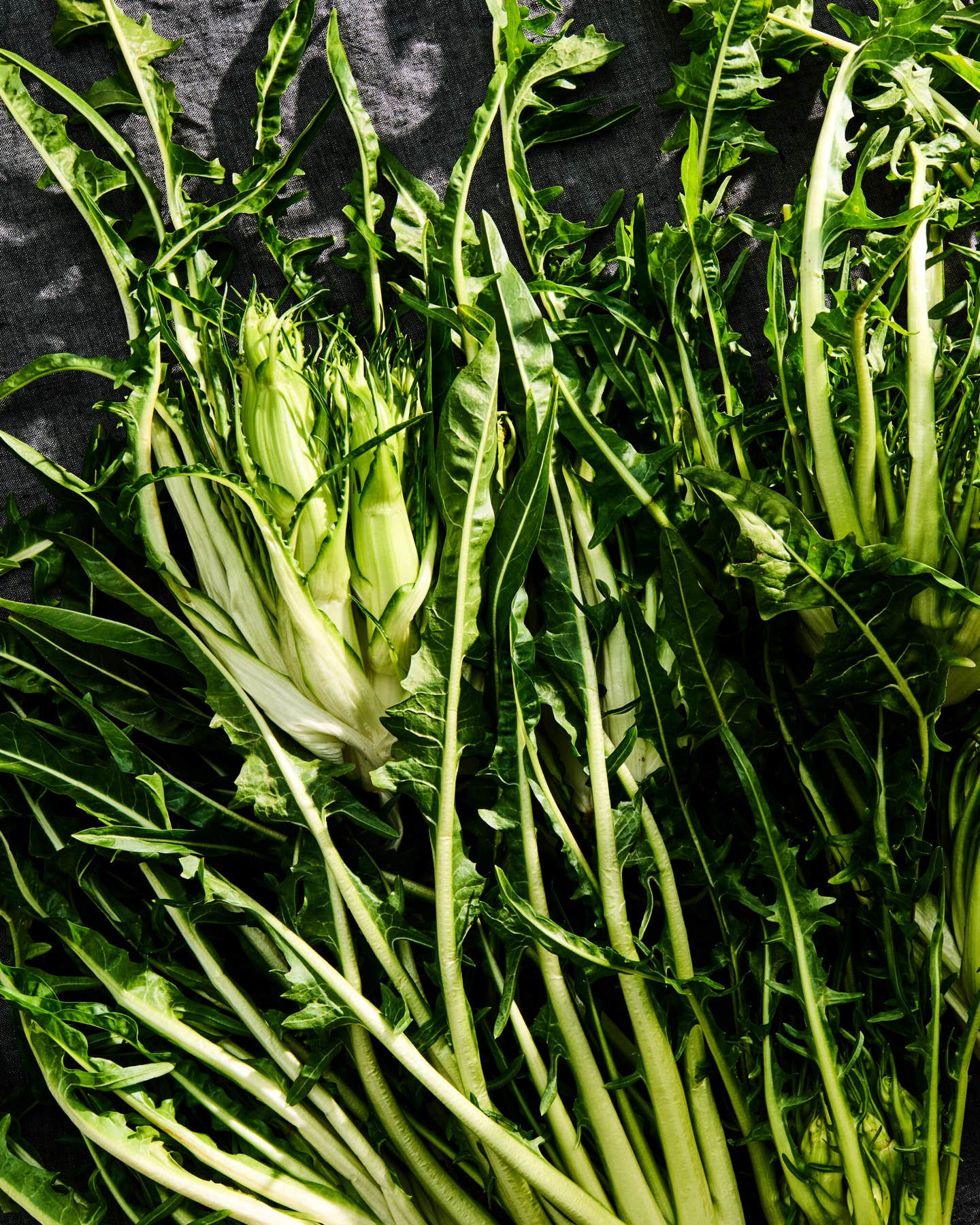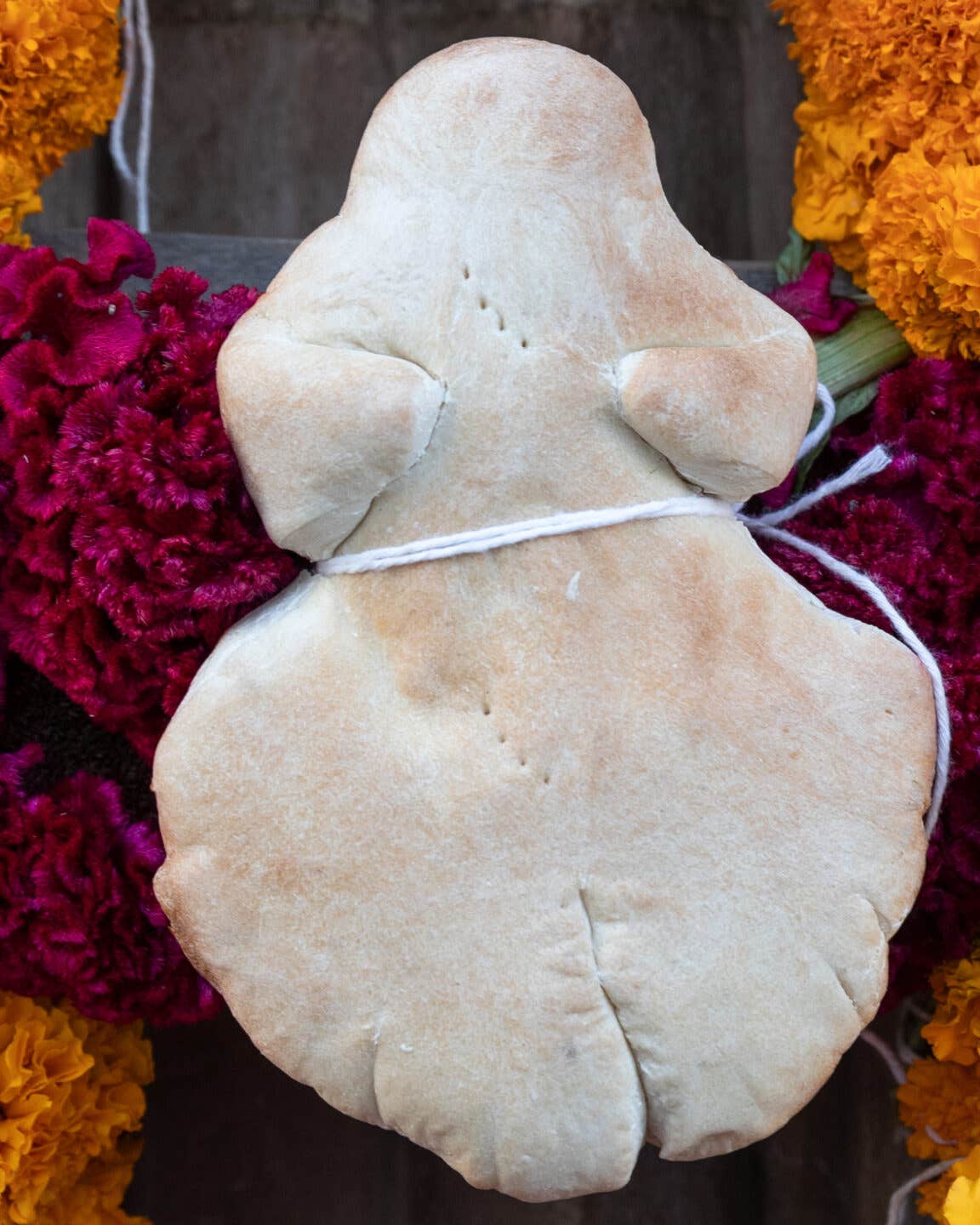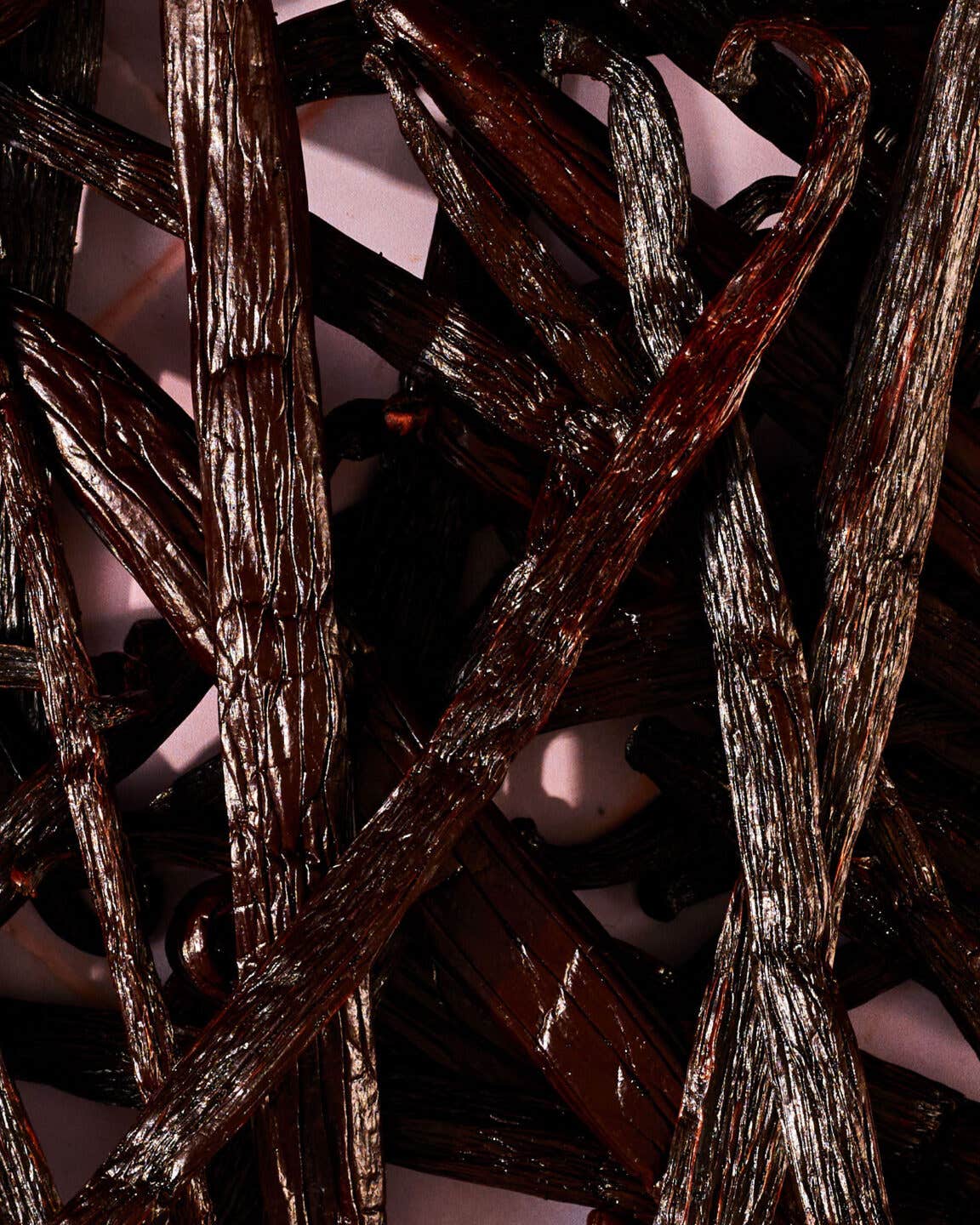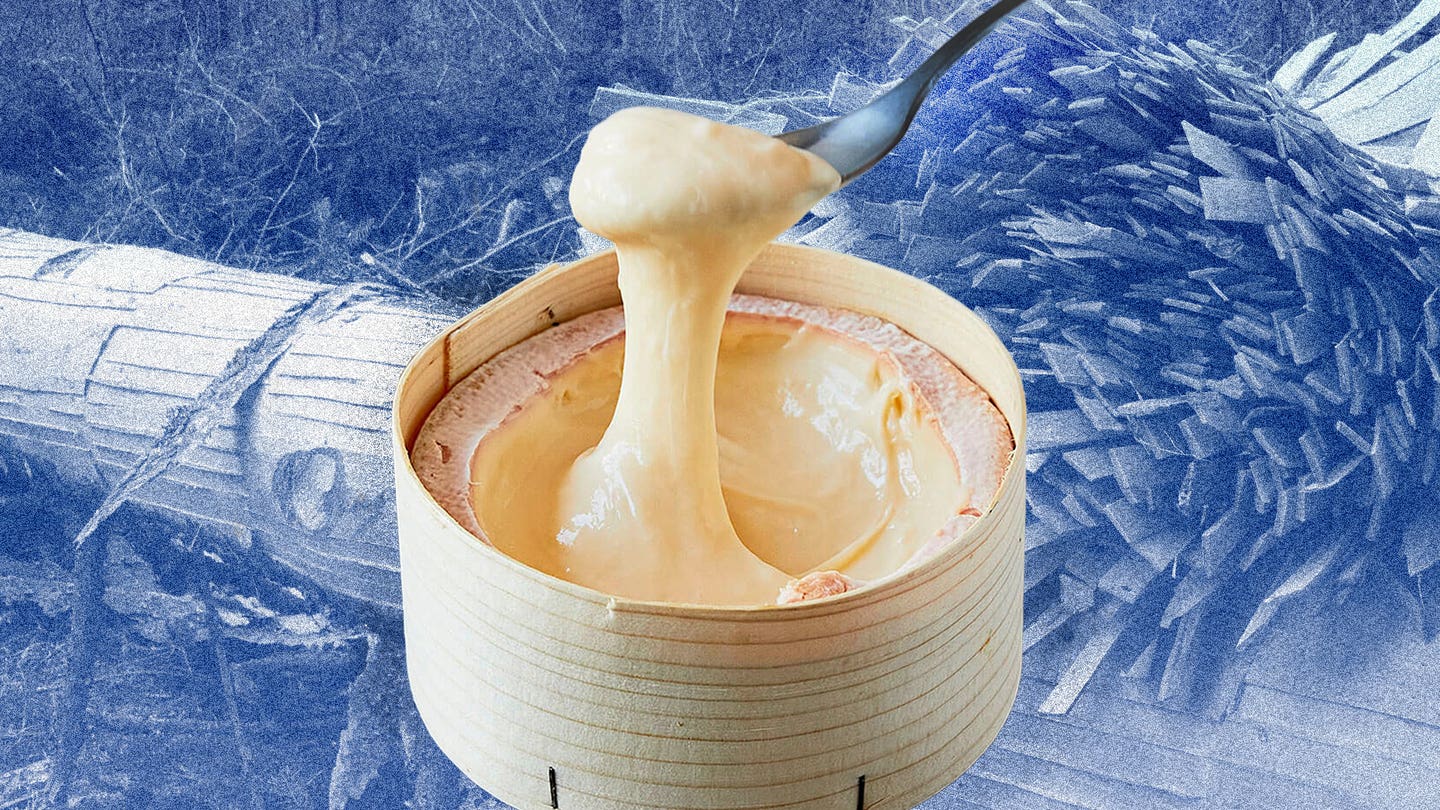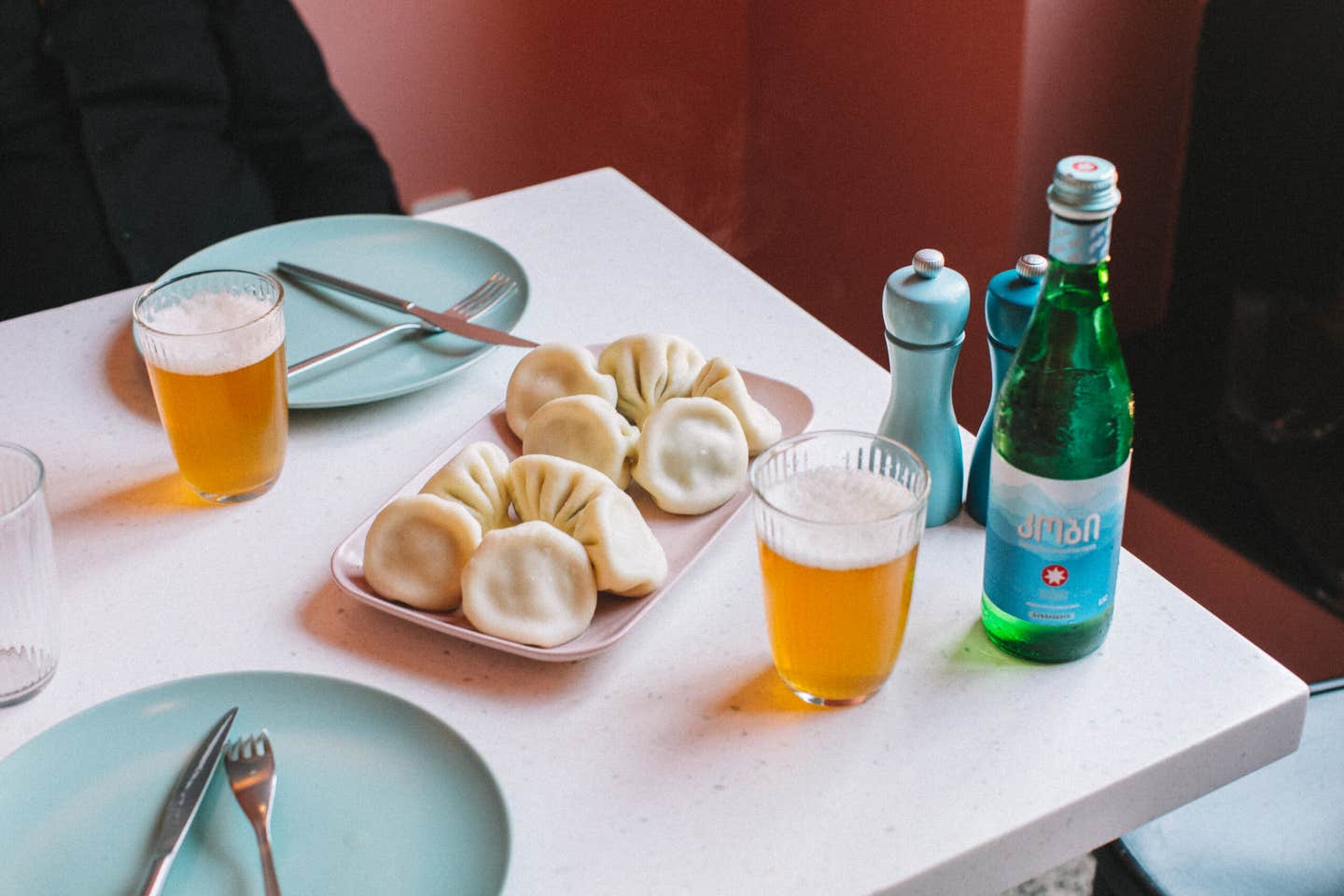
The 17 Essential Dishes of Tbilisi—and Where To Eat Them
Because there’s more to the Georgian capital than wine and khachapuri.
In Tbilisi at this very moment, someone is pounding walnuts and garlic for bazhe, spooning cilantro-flecked filling into dumpling dough for khinkali, and dipping long strands of walnuts into saperavi syrup to make the prehistoric confection called churchkhela.
Food ambushes you in the Georgian capital—in the best sense imaginable. One minute, you’re overtaken by the smell of sweet, buttery khachapuri wafting up from a basement bakery. The next, you’re haggling with street vendors over cherries and tarragon and sour green plums. Turn down one street, and smoke clouds your vision as pork kebabs crackle on a streetside grill. Walk up another, and the sound of glasses clinking on a restaurant patio reminds you that you’re mere miles from the birthplace of wine.
Tbilisi is easy to love but tricky to navigate when it comes to food. Newcomers often wonder, what are the must-try dishes, and where can great versions be found? Last spring, I spent a month trying to answer those questions, letting my stomach guide my feet. Here’s where I netted out.
Cucumber and Tomato Salad at Khasheria
3 Vekua St. (Inside the Orbeliani Food Hall), +995 595 89 29 25
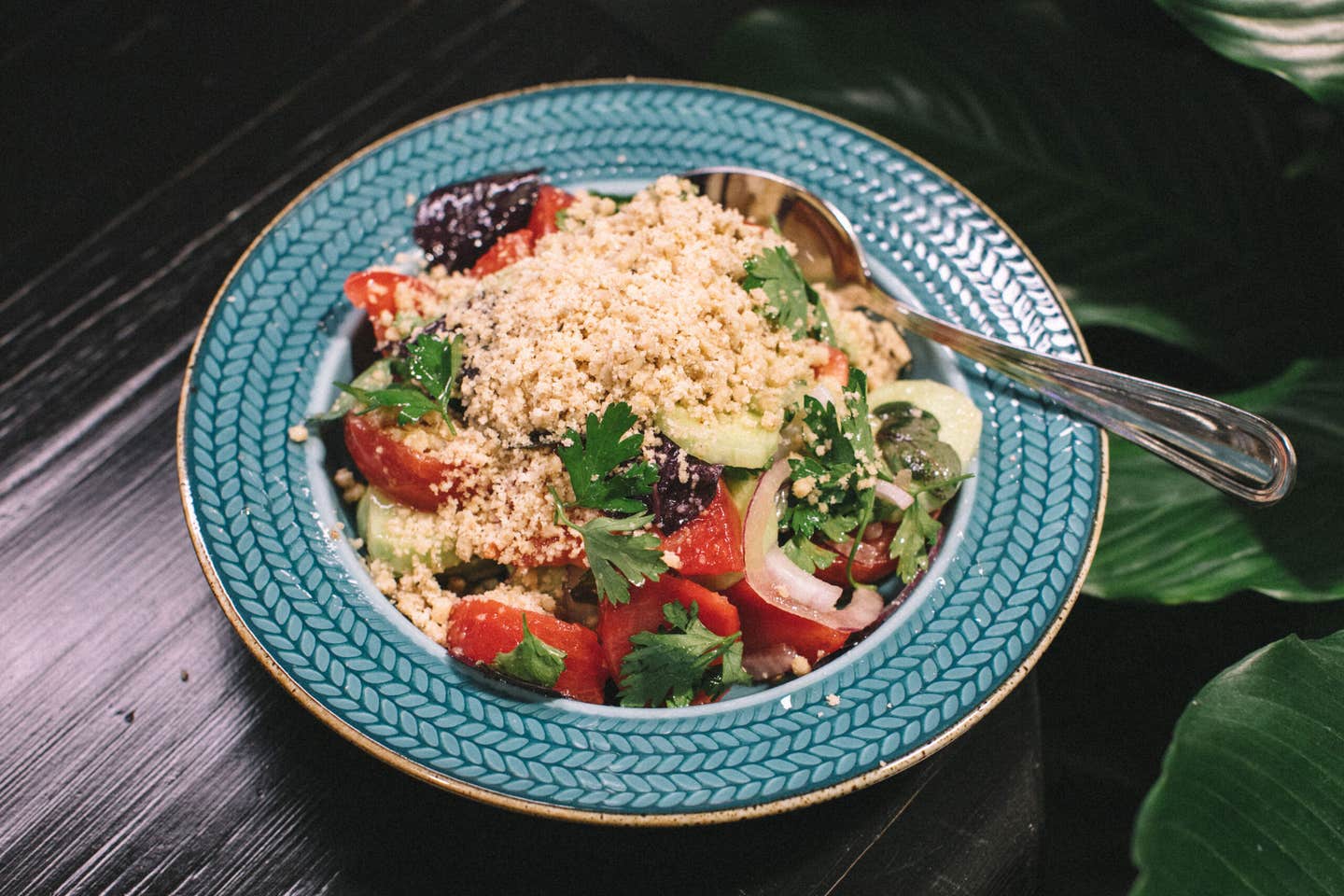
If there’s one thing you can bank on in Georgia, it’s that no matter where you are—city or countryside, fancy restaurant or greasy spoon—cucumber tomato salad will be on the table. At its simplest, the dish is a cool, crunchy foil to whatever hearty mains are on offer, often just sliced tomatoes and cucumbers sprinkled with parsley. More memorable versions—like the one served at star chef Tekuna Gachechiladze’s casual outpost, Khasheria—are drizzled with unrefined Kakhetian sunflower oil and add ground walnuts, sliced green chiles, and torn fresh herbs like cilantro and purple basil.
Pkhali at Shavi Lomi
28 Zurab Kvlividze St., +995 32 296 09 56
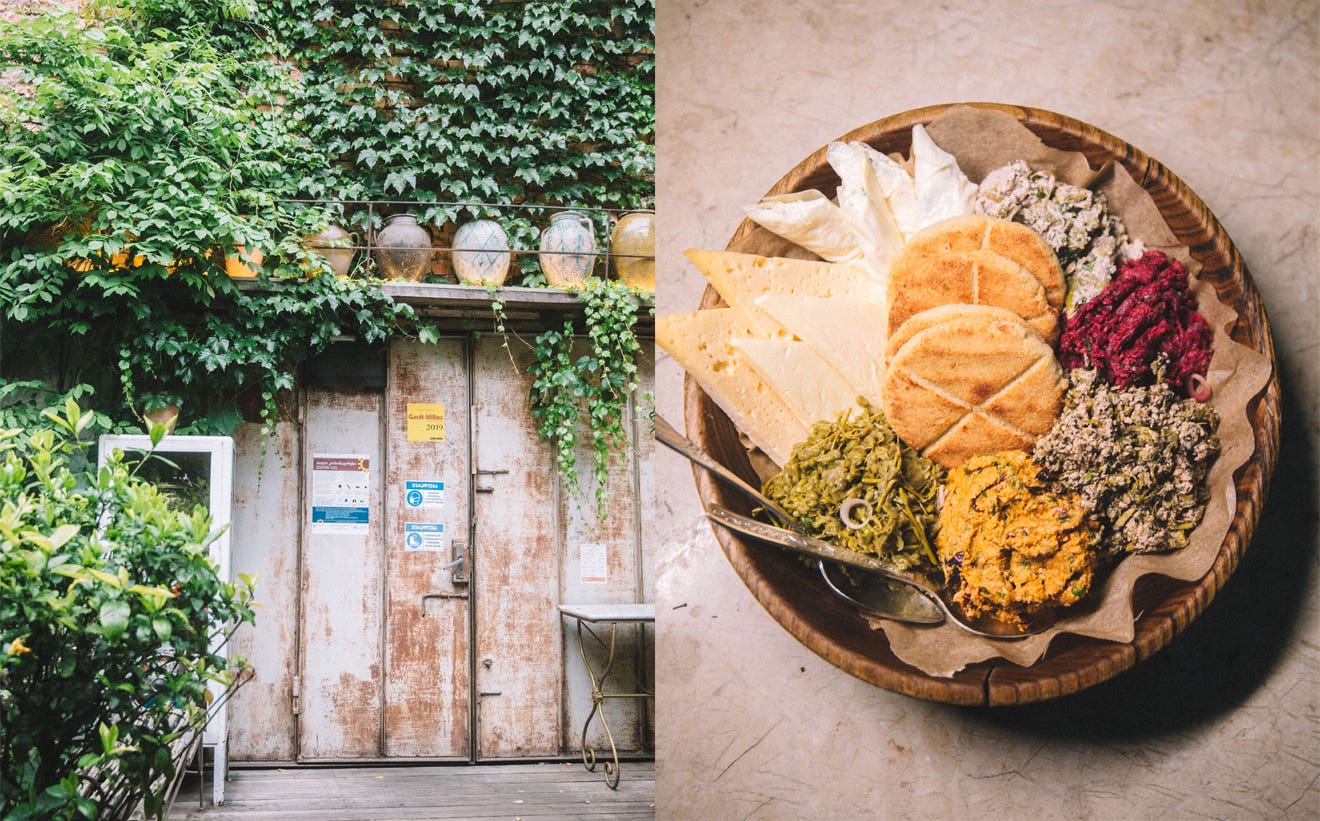
Georgia’s greatest gift to plant-based cooking is pkhali, the family of colorful vegetable spreads made with everything from spinach to leeks to beets to carrots. If it’s kicking around your vegetable drawer, you can probably pkhali [verb] it. At Shavi Lomi, a candlelit Tbilisi institution where the floorboards creak and cats roam the courtyard, you get the full pkhali experience: multiple spreads rainbowed alongside one another, plus all the traditional accoutrements (cheese, corncakes, and pickled bladdernut blossoms called jonjoli). The pkhali arrive in a gobi, or big wooden bowl, and after savoring the thrilling textures and flavors with your dinner companions, you’ll understand why gobi is the root word of megobari, or “friend.”
Tolma at Sulico Wine Bar
27 Mikheil Zandukeli St., +995 511 10 27 27
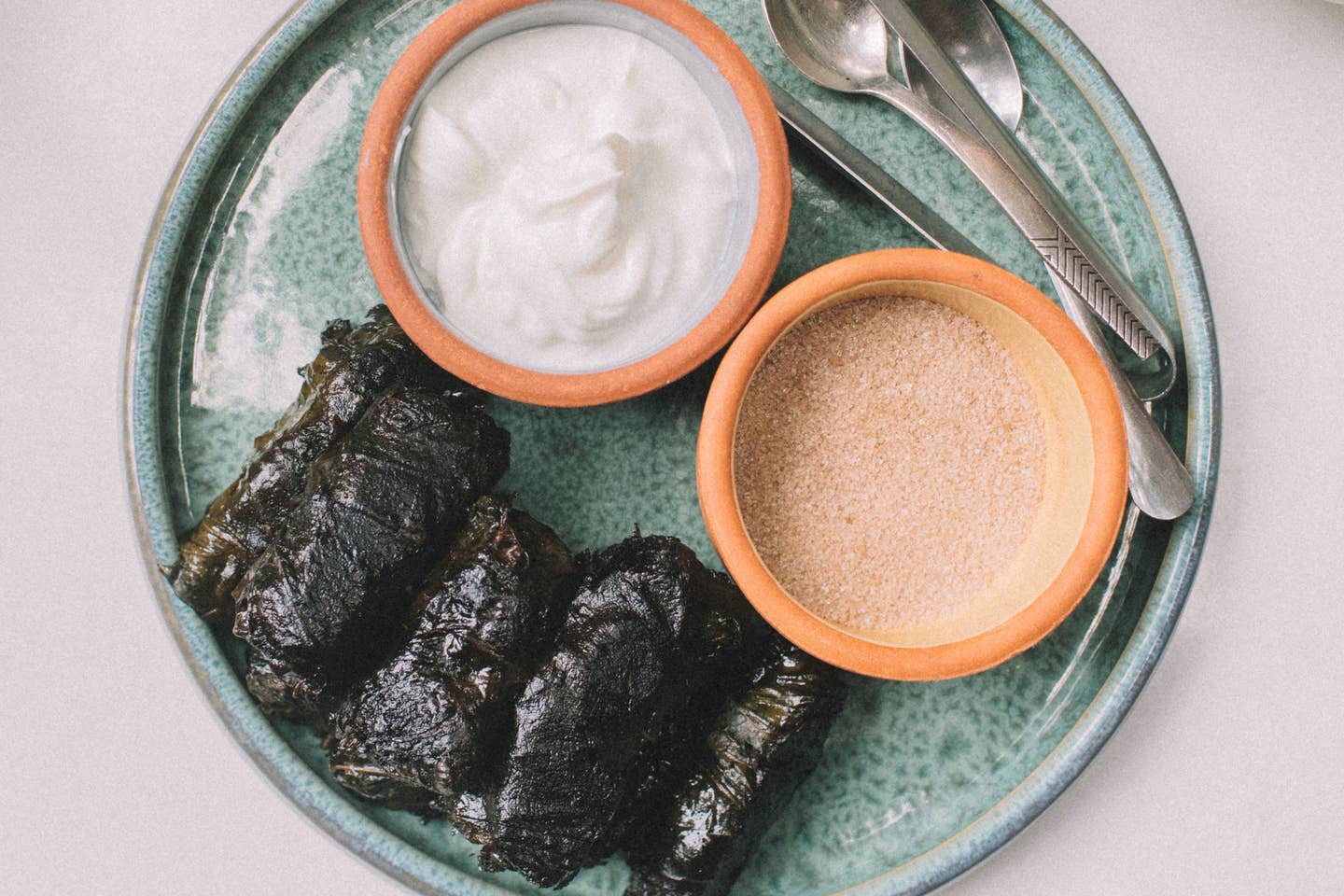
Tolma—vegetables filled with meats, grains, or a combination of the two—are a staple throughout the Caucasus region. (Controversially, in 2017 UNESCO linked the tradition to the Intangible Cultural Heritage of Azerbaijan.) In Georgia, it’s no surprise that stuffed grape leaves are the most popular variant, given the country’s outsize wine production. The tolma at Sulico are outstanding—juicy, featherlight bundles of spiced ground meat enrobed in tender (never fibrous!) grape leaves. Pan-fried just before serving until the edges are singed and wispy, they come with yogurt sauce and cinnamon sugar for sprinkling.
Khachapuri at Gunda
5 Besiki Square, +995 551 50 00 40
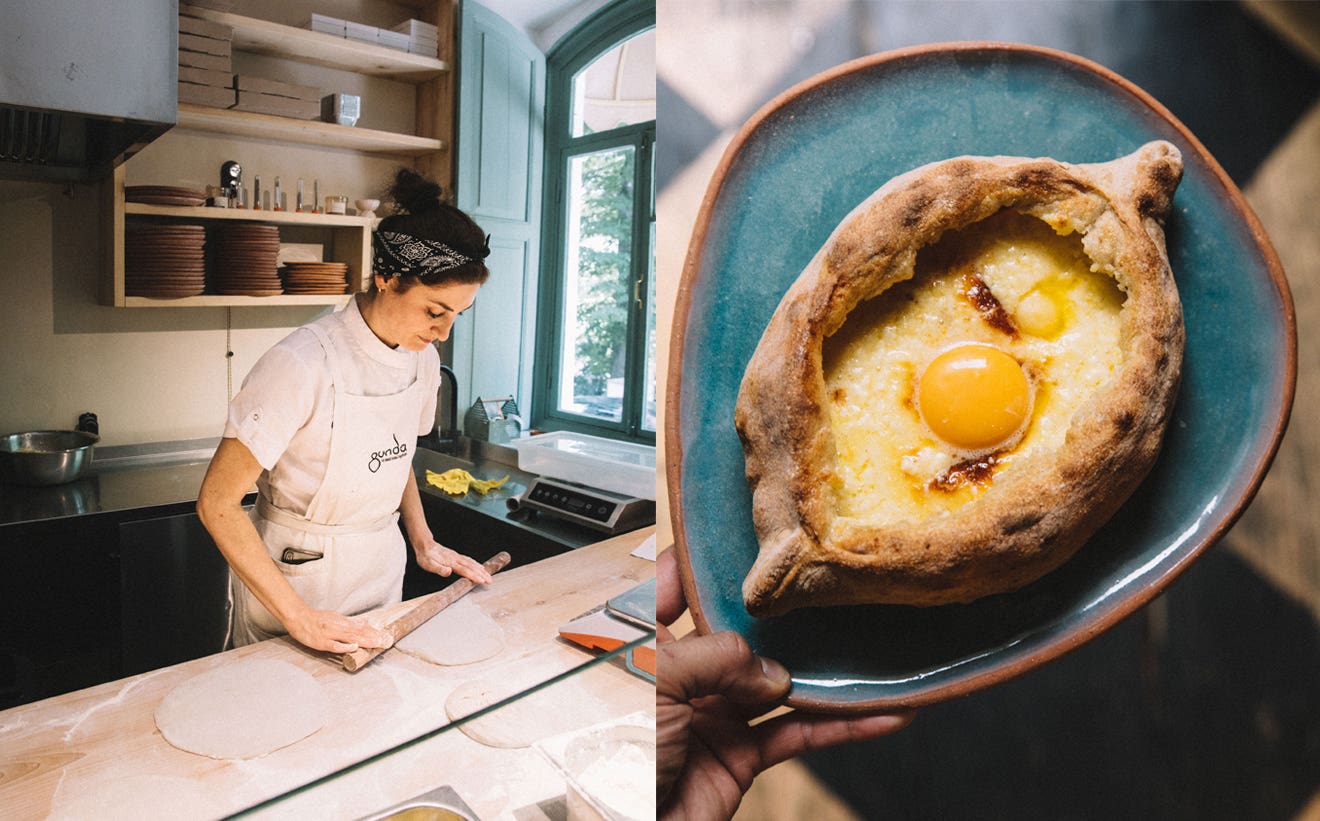
Khachapuri, Georgia’s indomitable cheese bread, is so ubiquitous that its average price is a national bellwether for inflation. Even gas stations sell decent khachapuri, but to wrap your mind around all the fascinating variations (historians have counted 47), head to Gunda, a new khachapuri-only restaurant that’s reviving ancient ingredients and techniques. Gunda is the sole restaurant in Tbilisi that brings in rare regional cheeses and uses only endemic Georgian flours (as opposed to the Russian or Ukrainian all-purpose stuff) in its doughs. One of those flours, made from an Imeretian wheat strain called makha, was extinct in Georgia until the owners recovered it from a Danish seed bank. Come decision time, the egg-topped, boat-shaped Adjaruli is the most ‘grammable of the lot, but don’t sleep on kotori, the little-known Tushetian flatbread filled with sheep’s-milk cottage cheese and painted with melted butter.
Beef Kharcho at Salobie Bia
17 Shota Rustaveli Ave., +995 551 92 77 22
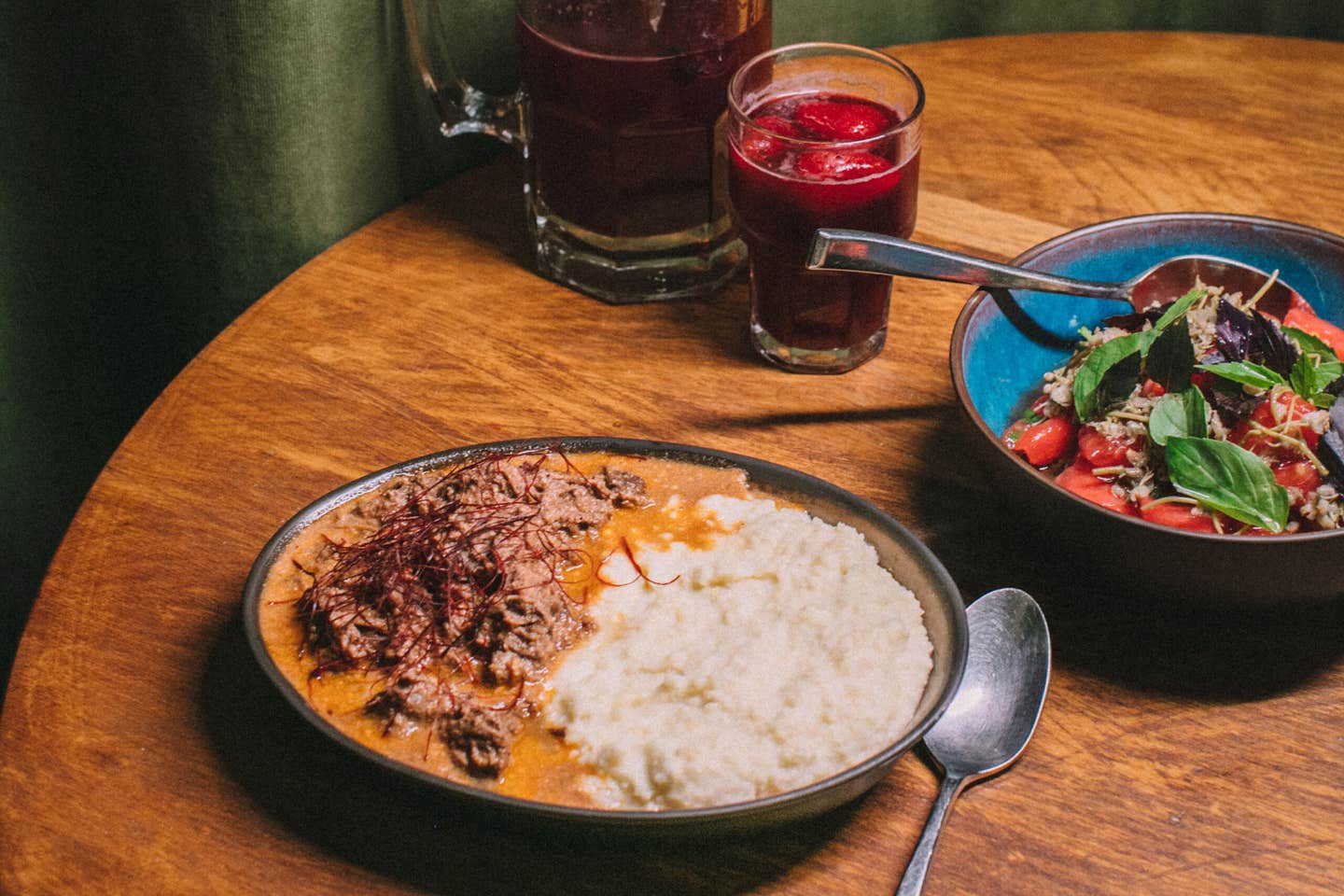
Kharcho, a meat stew spiked with Georgia’s favorite chile condiment, ajika, is such a crowd-pleaser that it was adopted by cooks across the former Soviet Union, where it remains a mainstay from St. Petersburg to Samarkand. Some kharchos are brothy and flecked with rice, while others, like my favorite rendition served at Salobie Bia, are ultra-thick and all about the ground walnuts and spices. In a basement dining room beneath Rustaveli Avenue, Tbilisi’s maple-lined main artery, Chef Giorgi Iosava spoons the braise over creamed foxtail millet akin to polenta. The brisket and silky porridge are so delightfully soft that the combo ought to be prescribed after wisdom tooth surgery.
Lobio at Salobie (Mtskheta)
7 David Aghmashenebeli St., +995 555 67 19 77
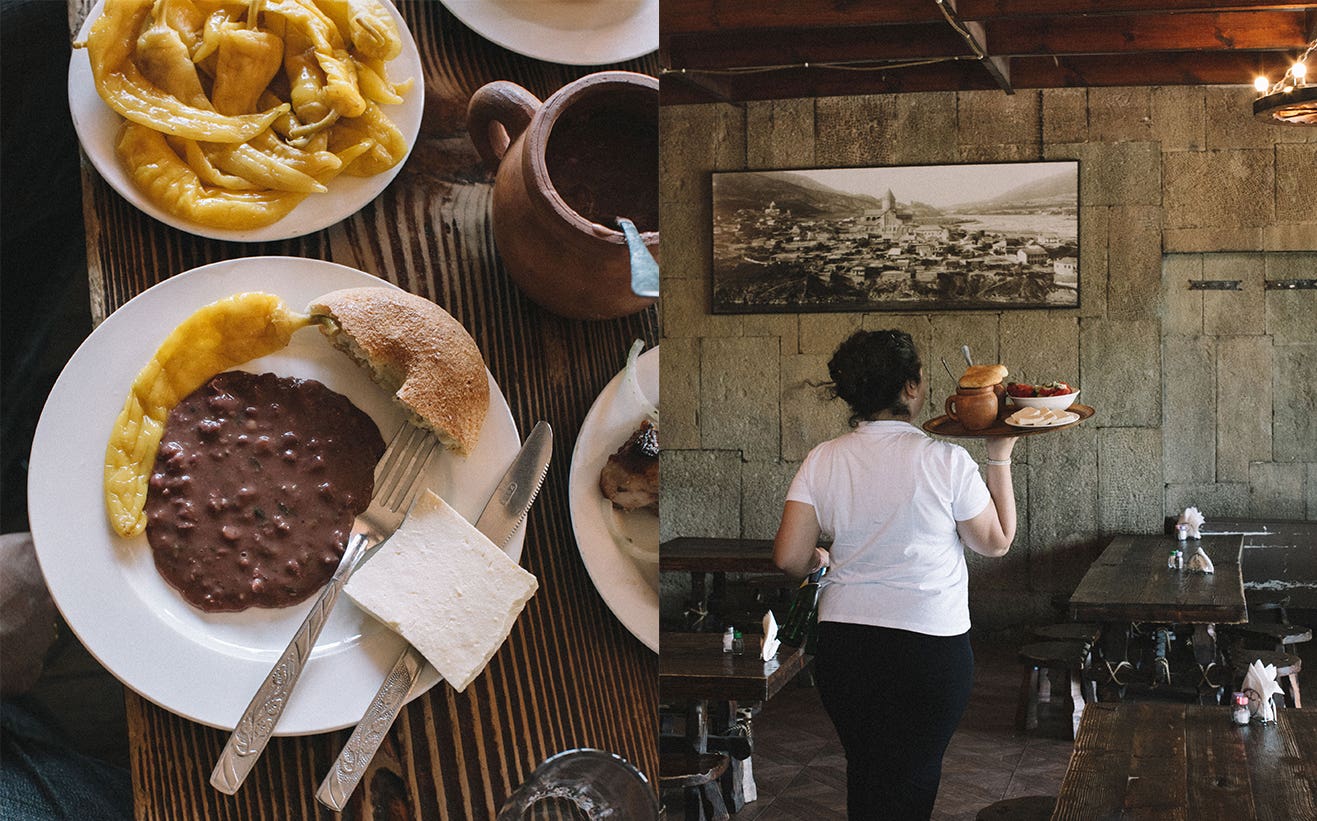
You don’t expect to reach life-altering bean nirvana at a highway rest stop on the outskirts of town, but there I was, staring down at some of the finest Brown Food I’d ever tasted at a picnic table at Salobie. As I’d later learn, Salobie’s success is built almost entirely on beans: Day in, day out, cooks ladle the spicy stewed kidney beans into individual clay urns, topping each with a disc of homemade mchadi (griddled cornbread) that fits snugly inside the rim. Salobie’s lobio recipe is under lock and key, but in every spoonful you can taste the cilantro, marigold petals, chiles, and heaps of sweet sautéed onions.
Khinkali at Cafe Daphna
29 Atoneli St., +995 595 69 00 11
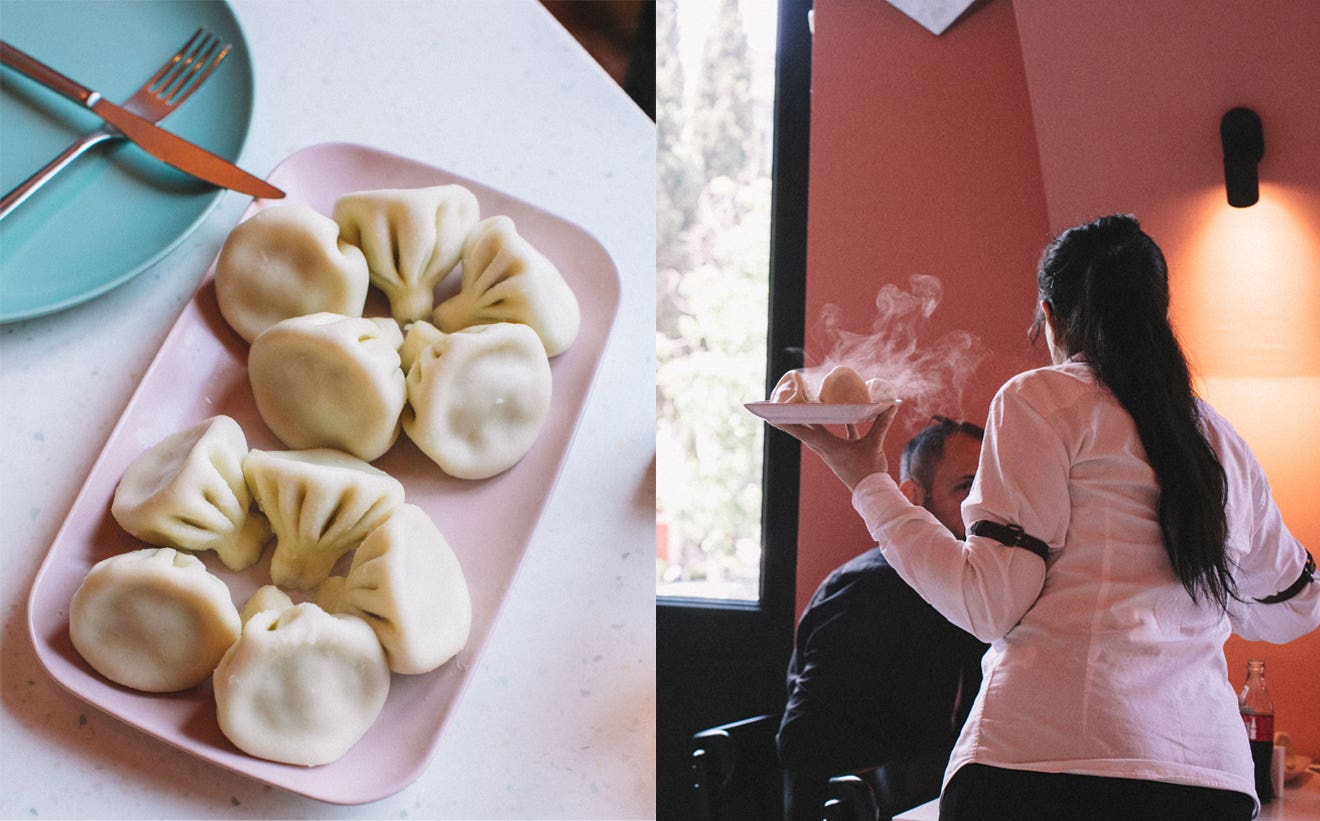
The only upside of the Mongols’ bloody conquest of Georgia in the 13th century is that they left behind a dumpling-making tradition that continues to this day. Khinkali are primo mountain food—caloric, hot, and deeply satisfying—but they’re also popular down in Tbilisi, where everyone has their favorite sakhinkle (dumpling and beer house). Mine is Daphna, a newcomer by the Dry Bridge flea market with inviting picture windows and millennial-pink plates. Their cilantro-forward “kalakuri” dumplings get my vote for their supple hand-rolled dough and well-spiced pork and beef filling.
Shkmeruli at Craft Wine Restaurant
54 Egnate Ninoshvili St., +995 599 66 33 00
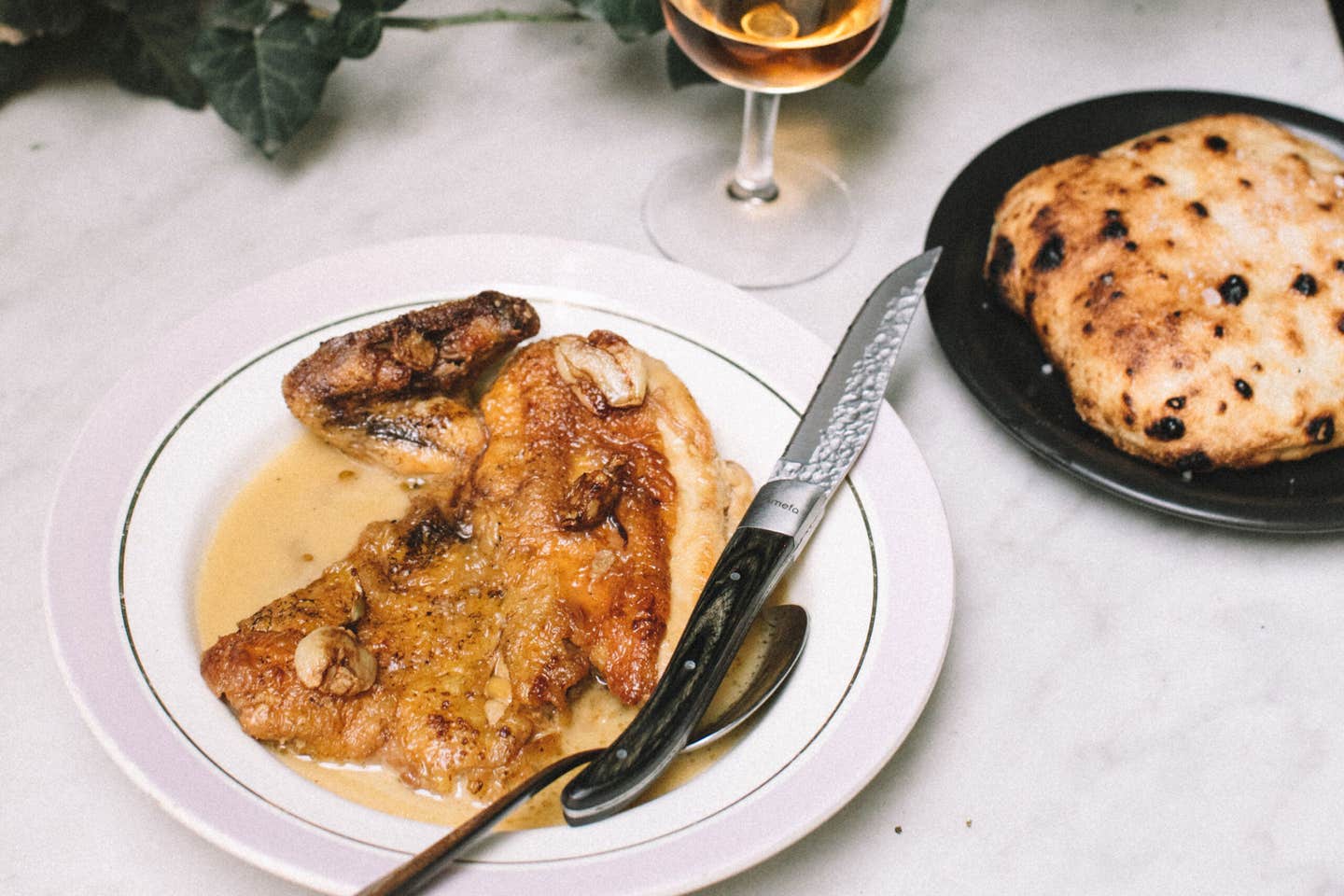
Fried chicken is great, but have you ever tried shkmeruli? There’s no definitive formula for the down-home Rachan dish, but the throughline is garlic—an entire head of it, in fact, cooked in butter with the chicken's juices to make a rich, soppable sauce for the crisp poultry. Most shkmeruli recipes call for tremendous amounts of whole milk or cream, but the cooks at Craft Wine go creamless (per the original recipe, according to them) to give the chicken the spotlight. I love that they debone the bird for you, a cheffy flex that you (and your shirt) will appreciate.
Bazhe at Ninia's Garden
97 Dimitri Uznadze St., +995 32 219 66 69
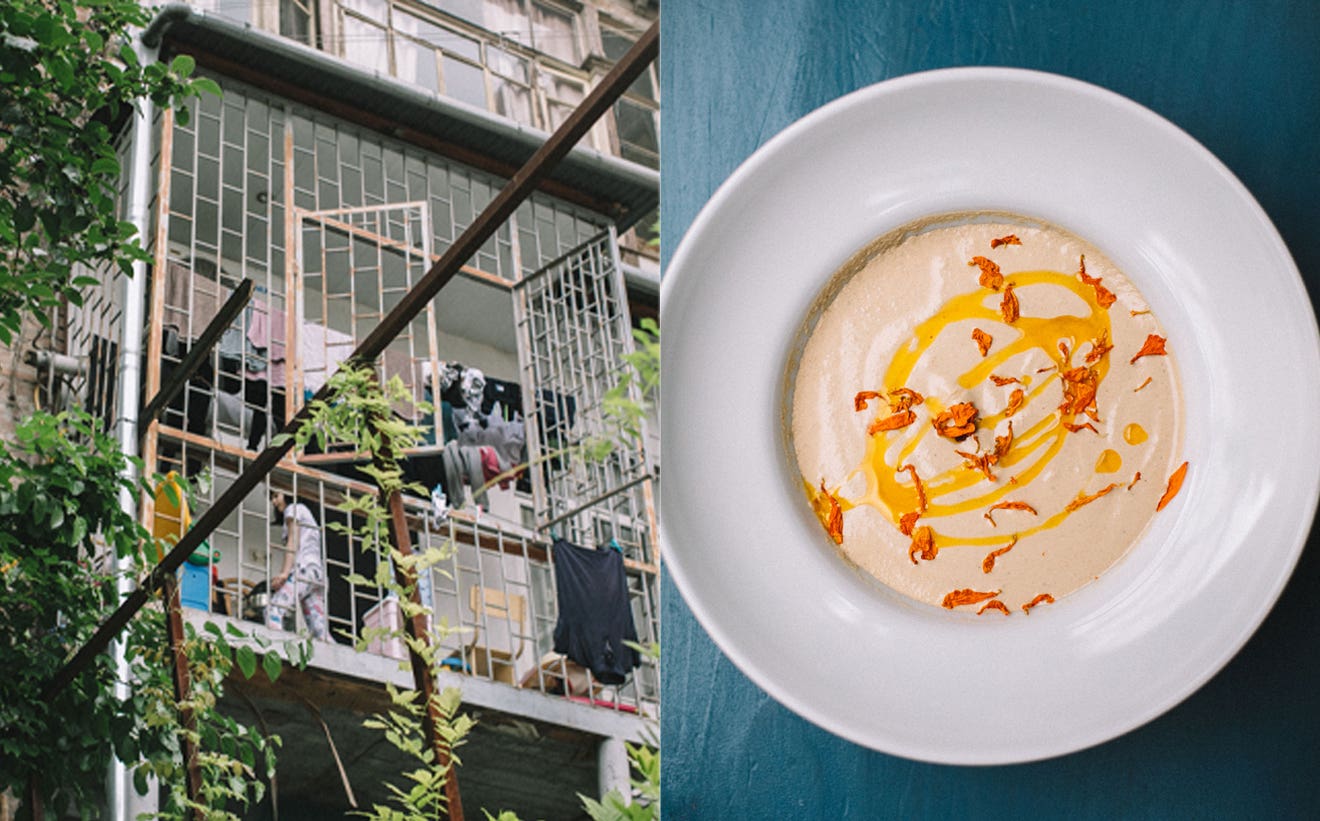
Bazhe is a velvety, coriander-scented walnut sauce that’s a staple of Georgian home cooking. Traditionally served alongside cold boiled chicken, the condiment also plays well with grilled vegetables, meats, and fish. At hot-spot restaurant Ninia’s Garden, chef Meriko Gubeladze spoons the sauce over grilled baby eggplants and serves them as an appetizer with crusty bread. Her bazhe recipe has become my go-to—it’s lighter and tangier than most, thanks to the double whammy of acid in the form of white wine vinegar and fresh pomegranate juice.
Ajika Ribs and Ghomi at Amra
Lisi Lake, +995 568 39 34 30
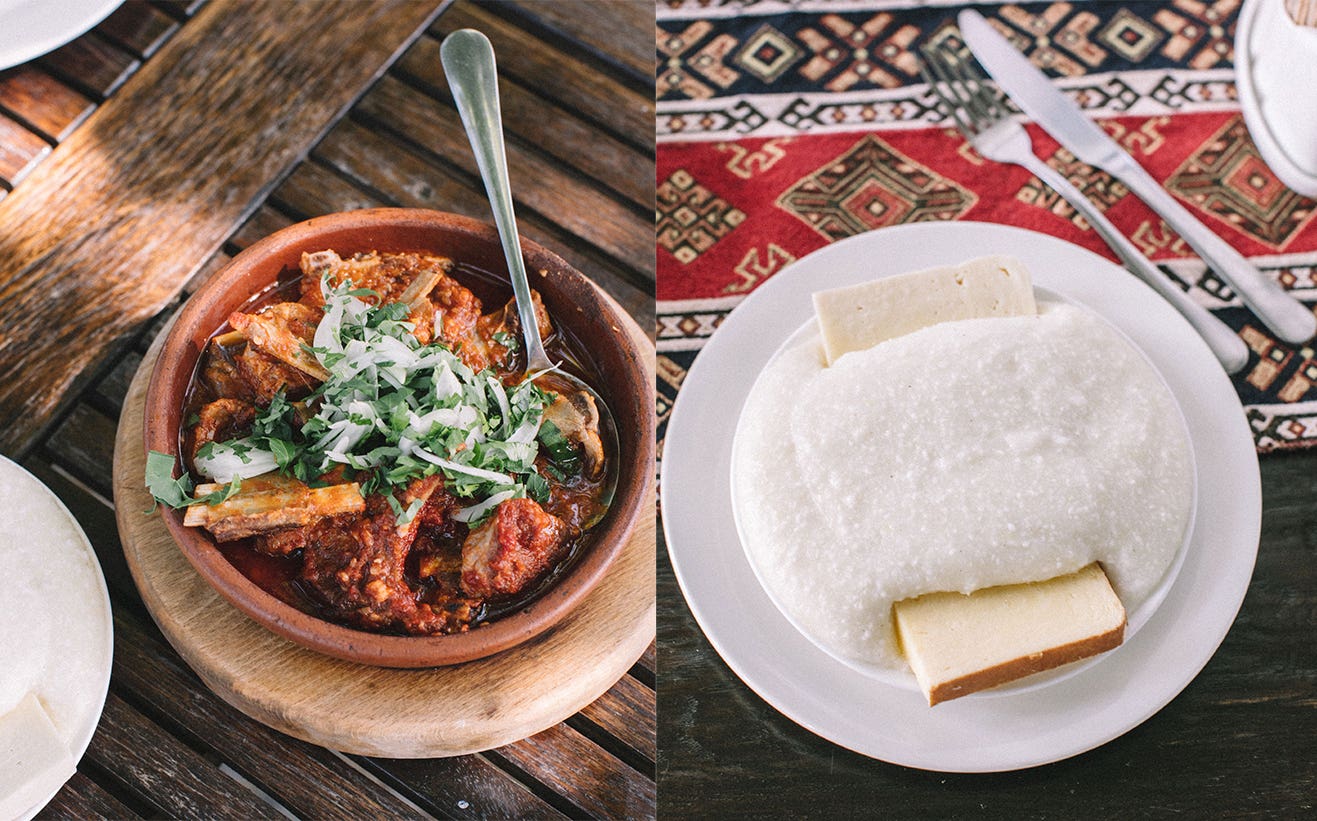
Tbilisi is such a vibrant melting pot that you can taste dishes from regions as far flung as Samegrelo on the Black Sea coast, which is known for its fiery, assertively spiced dishes like kuchmachi (offal stew), kharcho (see above), and ajika-rubbed meats. At Amra, which occupies a charming pavilion on the banks of Lisi Lake, the ajika veal ribs are a must. They come sizzling in their sauce, which you should absolutely swirl into a side order of ghomi (corn grits) or elarji.
Chakapuli at Sasadilo Coca-Cola Dining Room
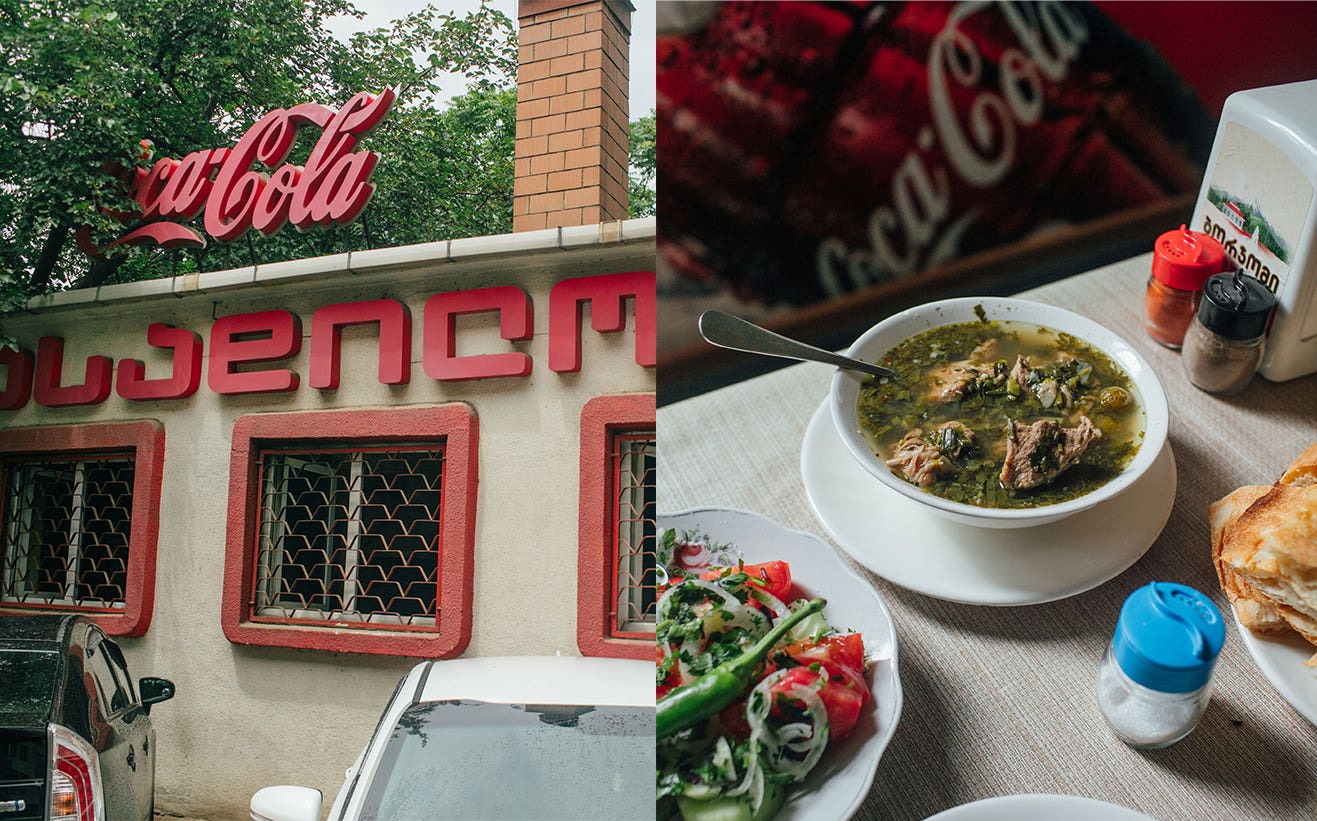
They don’t make restaurants like Sasadilo anymore. Hiding among the bodyshops, factories, and warehouses by Didube bus terminal, this proletarian canteen has the feel of a Soviet-era stolovaya: Construction workers hunch over steaming bowls of soup, off-duty cops sip tarragon soda while leafing through the paper, and aproned waitresses zigzag around the room carrying enormous trays of grub. Based on appearances alone, you’d think the food would be mediocre at best—but then, you’d be wrong. On a recent lunch with my friend and food tour guide Paul Rimple, I couldn’t believe my taste buds when I tried Sasadilo’s chakapuli. The meat (usually lamb or beef) stew can be gristly and bland, but here it was downright invigorating, enlivened with tart green plums and a garden’s-worth of tarragon. Beware, the staff don’t speak English, and payment is cash only.
Ajapsandali at Sofia Melnikova’s Fantastic Douqan
Stamba Dead End, +995 592 68 11 66
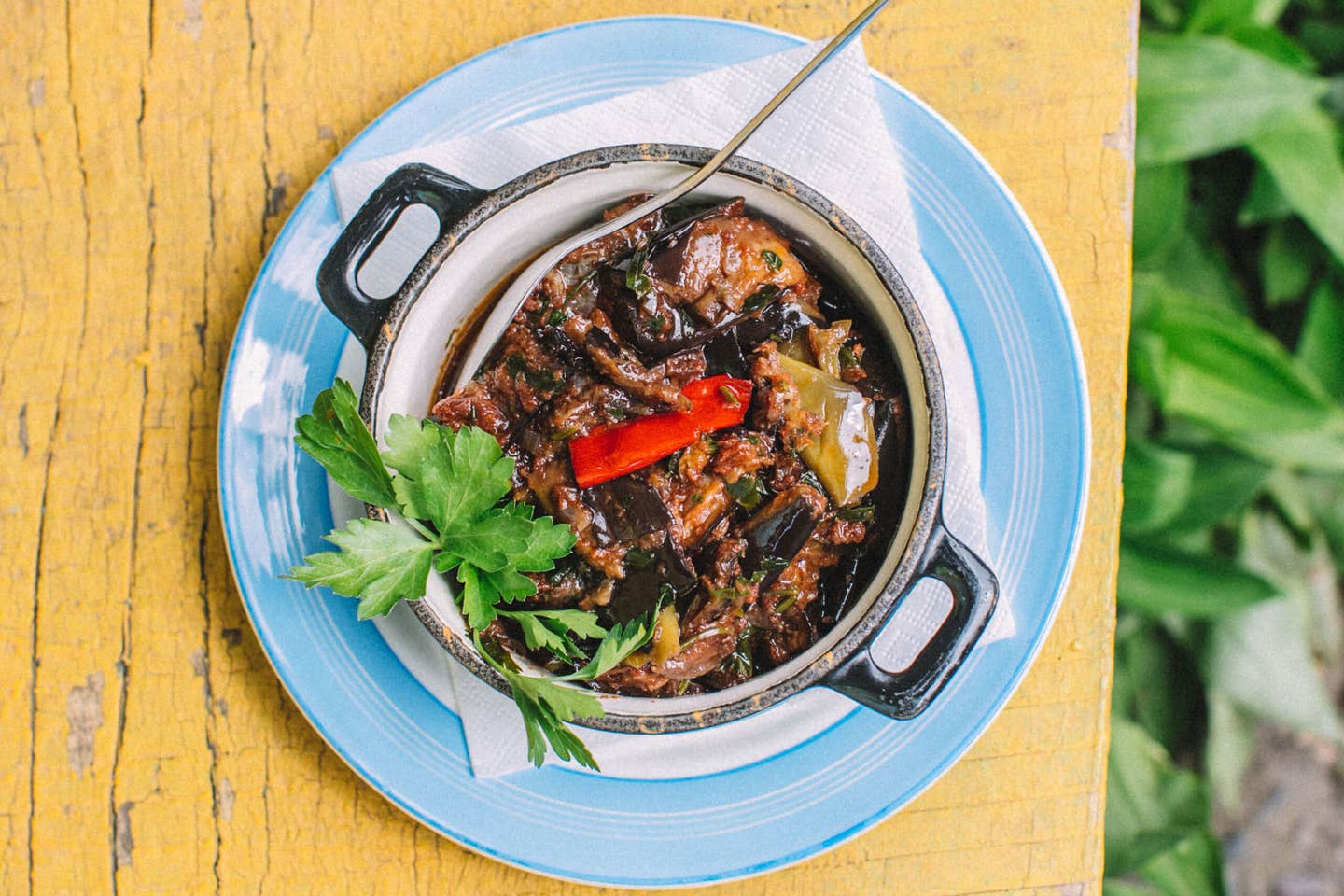
Not unlike ratatouille, ajapsandali is a spicy, rib-sticking vegetable stew made with eggplant, tomatoes, peppers, and fistfuls of fresh herbs. It’s kind of a culinary free-for-all—in fact, Georgians use the word ajapsandali to call something a “mess.” Though the dish is occasionally served hot, I like it better chilled, scooped onto crusty tonispuri bread and drizzled with good olive or sunflower oil. That precise combo makes an ideal light lunch at Sofia Melnikova’s Fantastic Douqan, an indoor-outdoor restaurant with a charmingly overgrown yard that plays Soundcloud techno sets as background music.
Badrijani Nigvzit at Pictograma
31 Atoneli St., +995 595 85 71 87
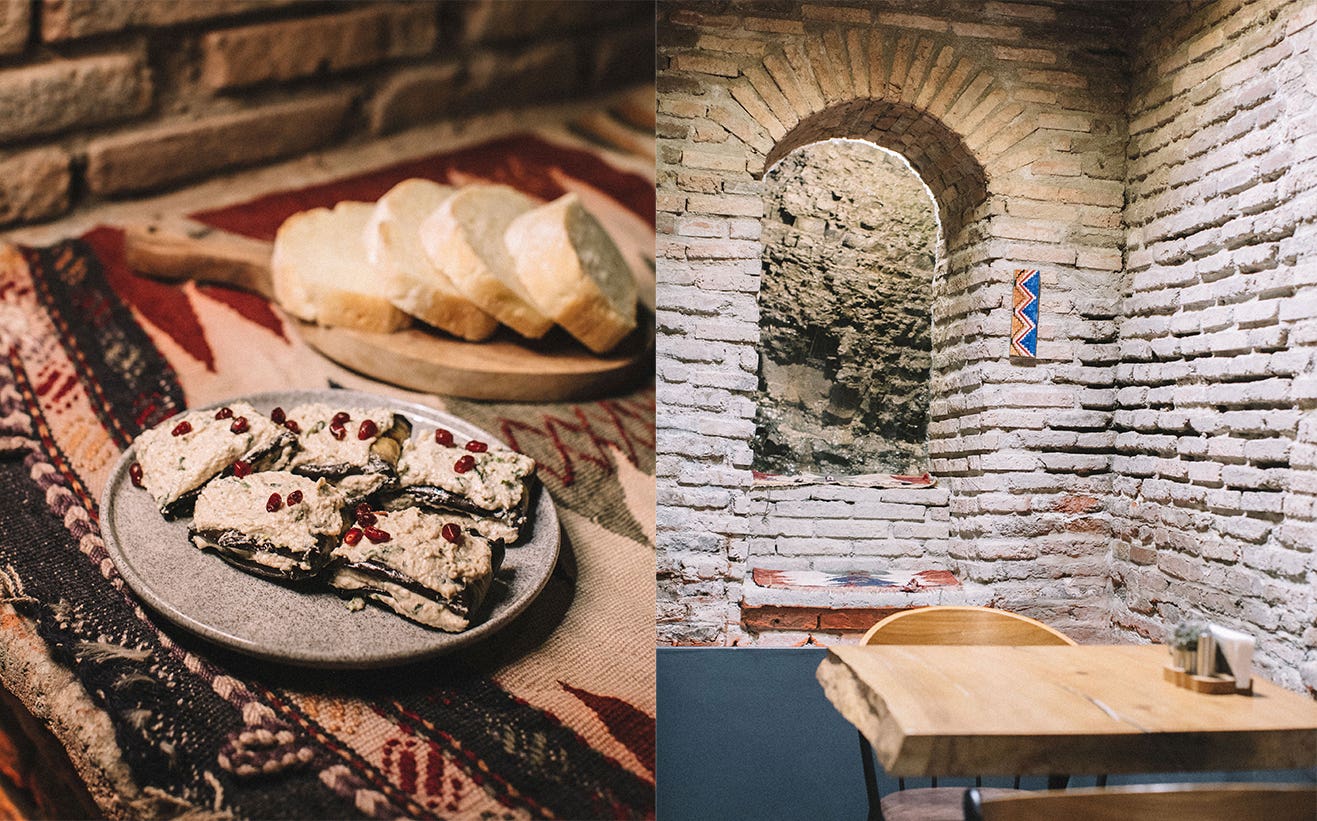
Badrijani nigvzit, fried eggplant slices spread with walnut paste, is a fixture of the supra table. It’s always good, but it’s rarely great—the eggplant is easy to over- or undercook, and if you’re not careful with the spices and garlic, you'll quickly overpower the walnuts’ delicate flavor. At Pictograma, Tbilisi’s only restaurant devoted to the cuisine of Khevsureti in northeast Georgia, let’s just say they know what they’re doing. The eggplant is meaty and melty all at once, and the walnut paste, redolent of khmeli suneli, is so fluffy it verges on a mousse. A generous flick of pomegranate seeds brings the whole dish together, adding sweetness, bite, and crunch.
Wine at Vino Underground
15 Galaktion Tabidze St., +995 599 08 09 84
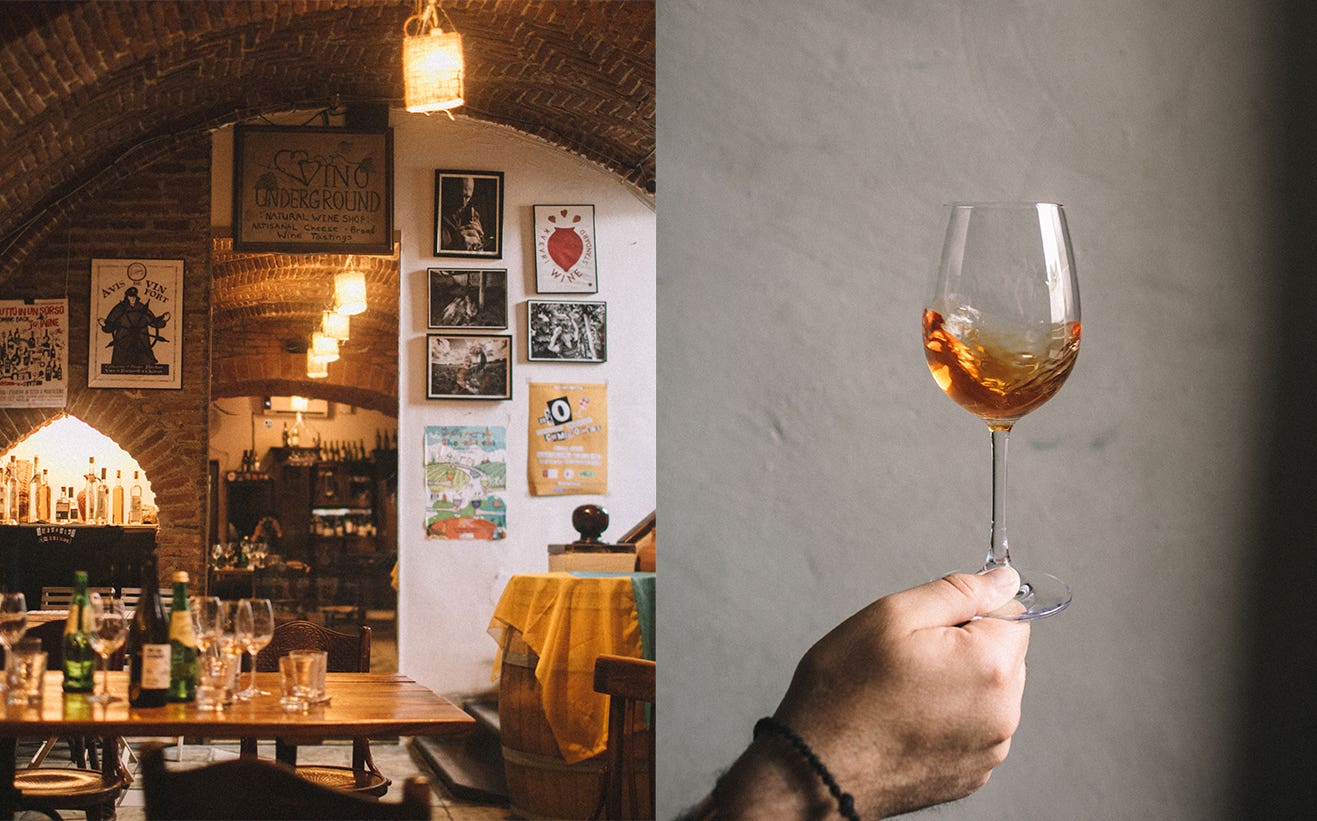
One of the most defining features of Tbilisi’s skyline is Mother Georgia, 65-foot statue of a woman holding a sword in one hand and a cup of wine in the other—as if to say, “welcome to town, but do not mess with us.” Wine is so central to Georgian culture that even in Tbilisi, grapevines furl around apartment balconies and become homemade garage wine. But many visitors are surprised to learn that the bulk of Georgian wine is not the sublime, kvevri-fermented “amber” stuff sold in trendy wine shops around the U.S., but rather boring European-style plonk. To drink your fill of those oddball wines you won’t find anywhere else, pay a visit to Georgia’s most legendary natural wine bar, Vino Underground, which stocks cult (and often unlabeled) bottles from the country’s most experimental vintners. Keep an eye on the bar’s Instagram for winemaker-led tastings and events.
Abkhazura at Kaklebi
Tskneti Highway, +995 557 76 00 66
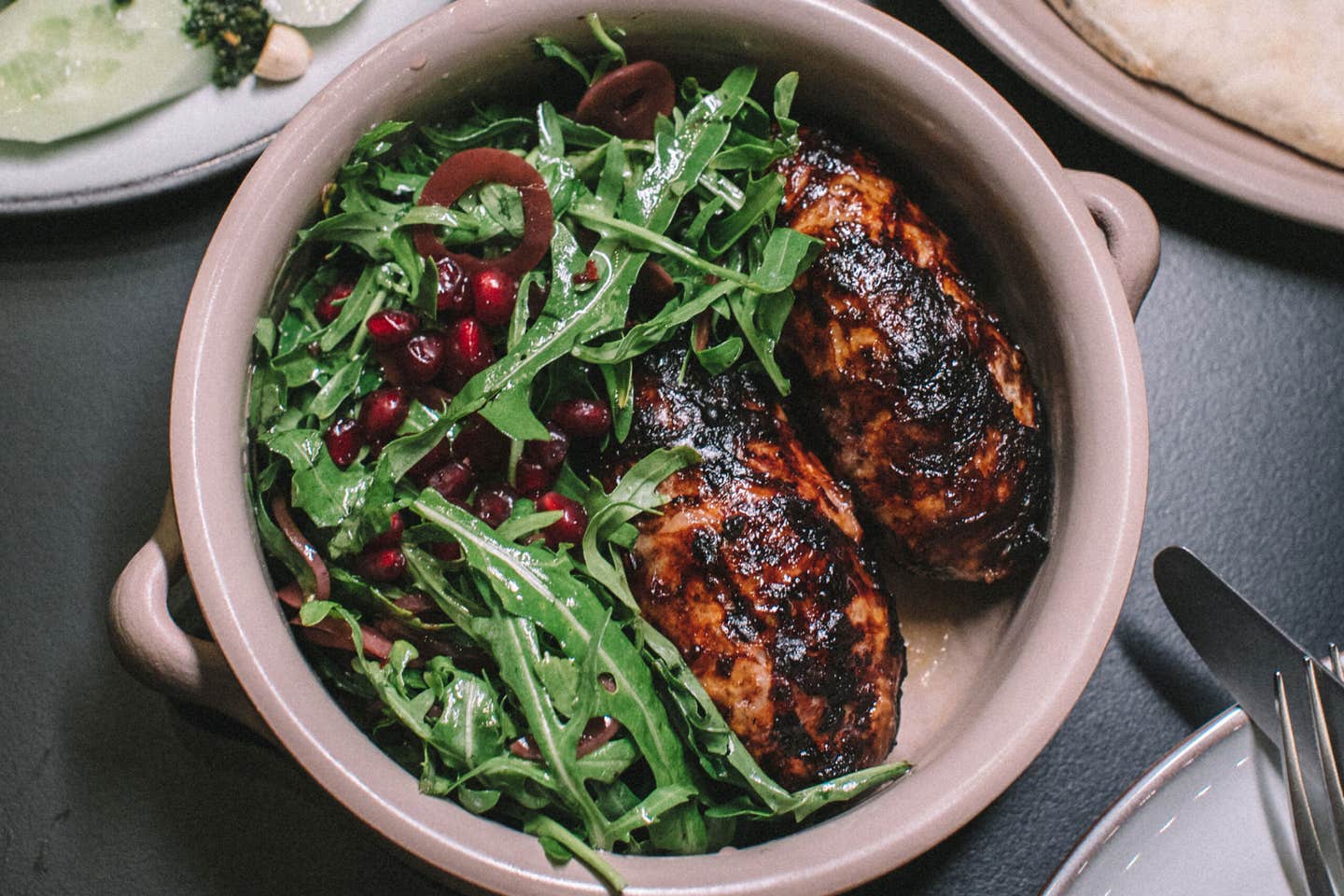
It’s worth the cab ride up to Kaklebi—a hilltop restaurant with cascading terraces and multiple dining rooms—for the abkhazura alone. This meatball dish is the culinary star of the Black Sea region of Abkhazia, and it’s phenomenally fragrant with coriander, summer savory, garlic, and fenugreek. At Kaklebi, the patties come studded with barberries, whose cranberry-like acidity cuts through the richness. Before being tossed on the grill, chef Meriko Gubeladze (of Shavi Lomi and Ninia’s Garden above) wraps the abkhazura in a web of caul fat, which crisps up like bacon as the meatballs cook in the flames.
Tkemali at Dezerter's Bazaar (Meet Me Here Tbilisi)
5 Abastumani St., +995 593 969 985
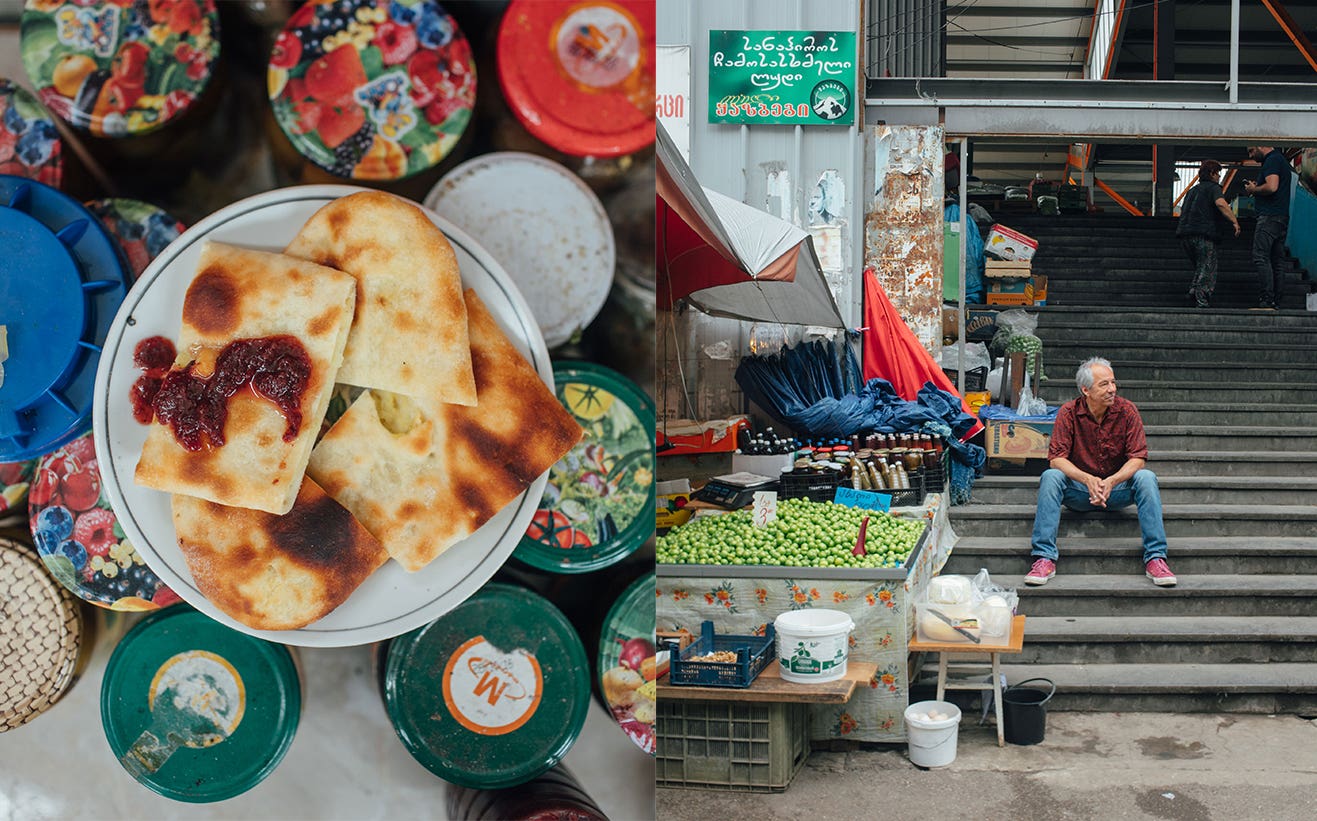
You can snap up all sorts of edible souvenirs at Dezerter’s Bazaar, Tbilisi’s main market—wine, chacha (brandy), spice blends, a decapitated pig’s head … But half the time, you won’t know what you’re looking at as you roam the stalls—unless you book a market tour with Tbilisi journalist and culinary tour guide Paul Rimple (whom we met at Sasadilo). Paul introduced me to Tina Nugzarashvili, who makes such killer tkemali that I always bring a bottle home. Tkemali is a puckering plum condiment that’s so ubiquitous in this part of the world that you could call it Georgian ketchup. Brimming with garlic and ground spices, it goes on everything, from fried potatoes to baked trout to mtsvadi (pork shashlik; try it at Kakhlebi). Nugzarashvili’s tkemali stands out for its kick of heat from fresh chiles and its mentholated bite from fresh pennyroyal leaves.
Churchkhela at Badagi
4 Roman Miminoshvili St., +995 597 11 10 22
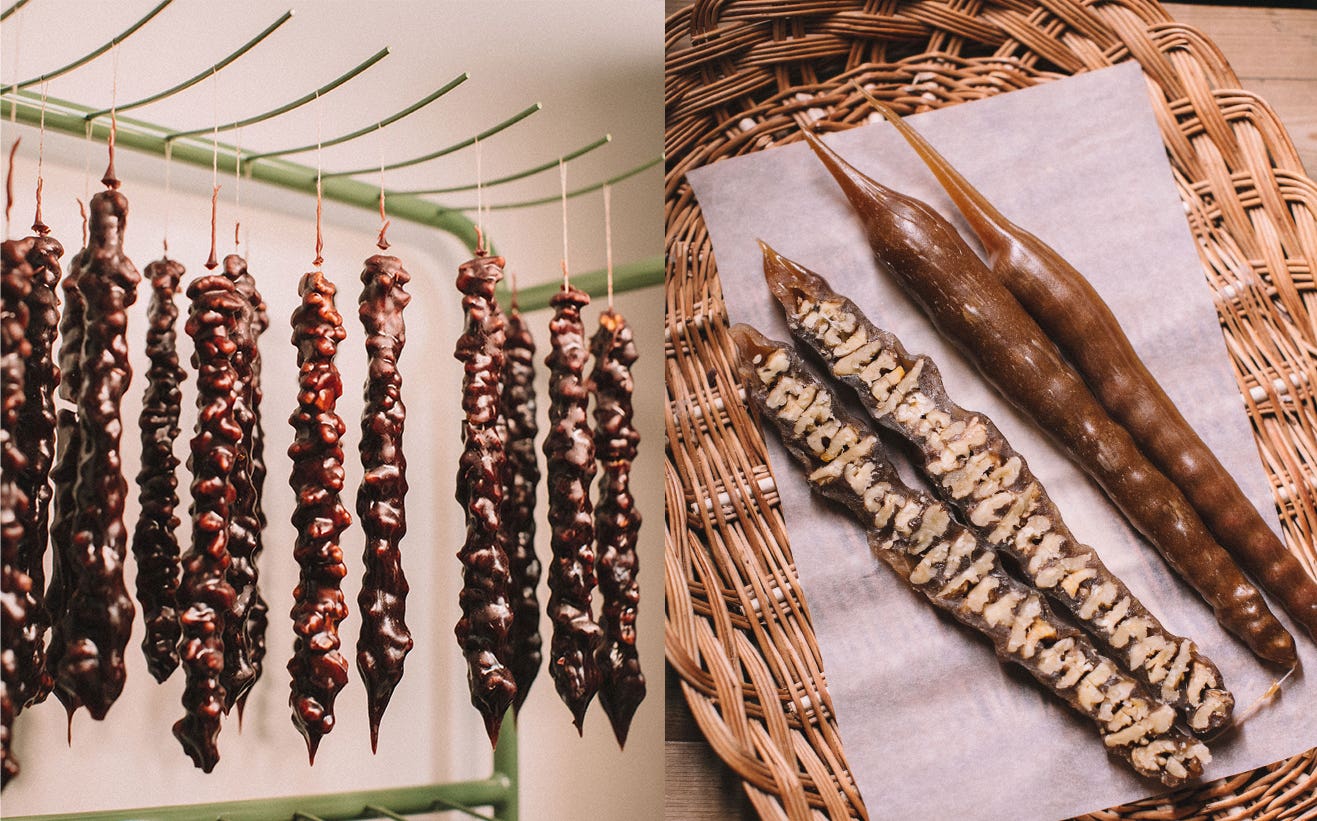
Georgians aren’t big on dessert, but if there’s one sweet that binds the nation, it’s churchkhela, a primordial power bar of sorts that’s made by repeatedly dipping strands of walnuts (or in West Georgia, hazelnuts) into thickened grape juice. After hanging to dry for a few days, the churchkhela are hardy enough to take into battle—as they historically were. Don’t trust the churchkhela sold at the airport or souvenir shops; instead, pay a visit to Badagi, a confectionery that keeps things old-school (no artificial colors or flavors). Not only does churchkhela make a striking and affordable gift for friends—sliced into coins, it also looks gorgeous on a cheese board.
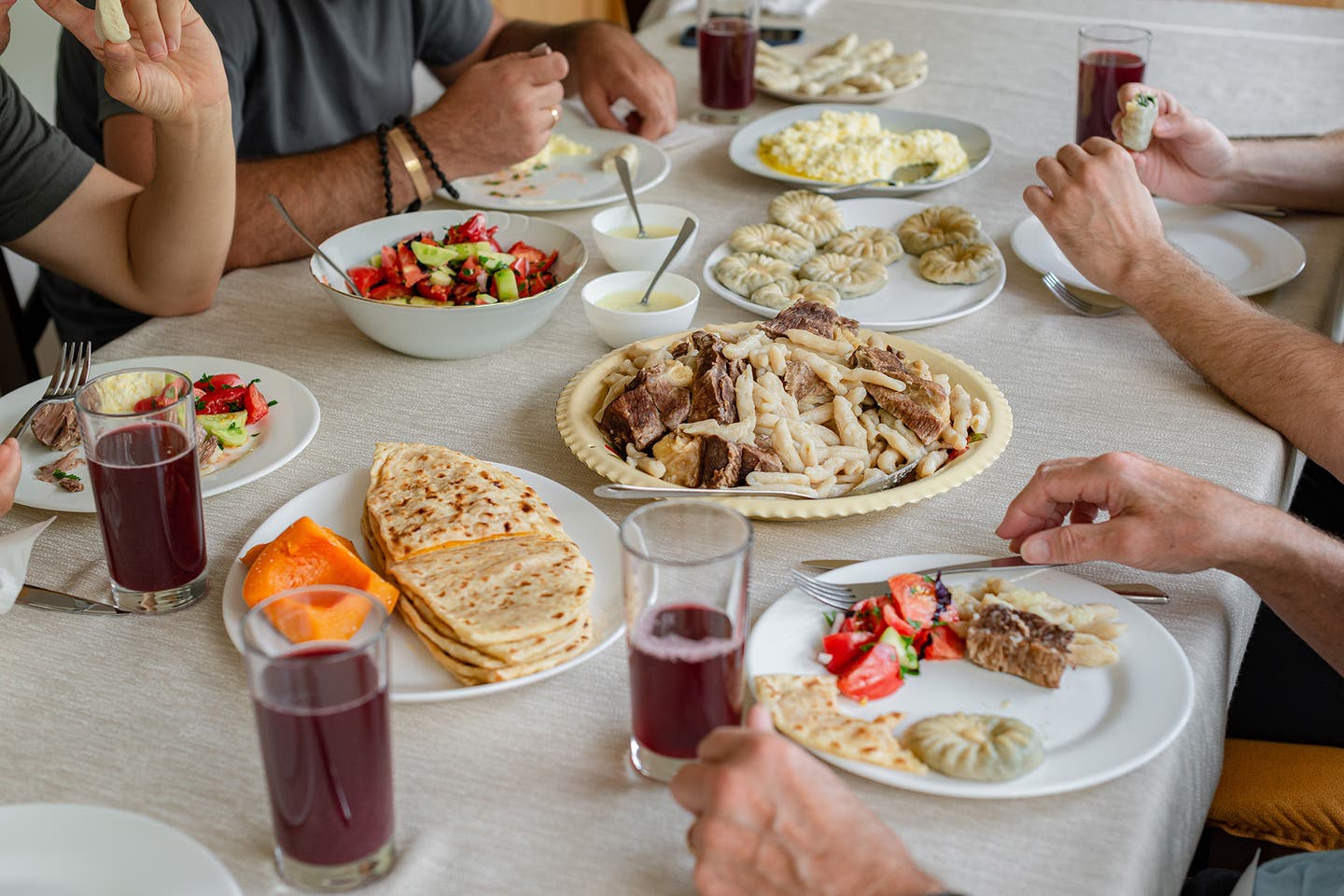
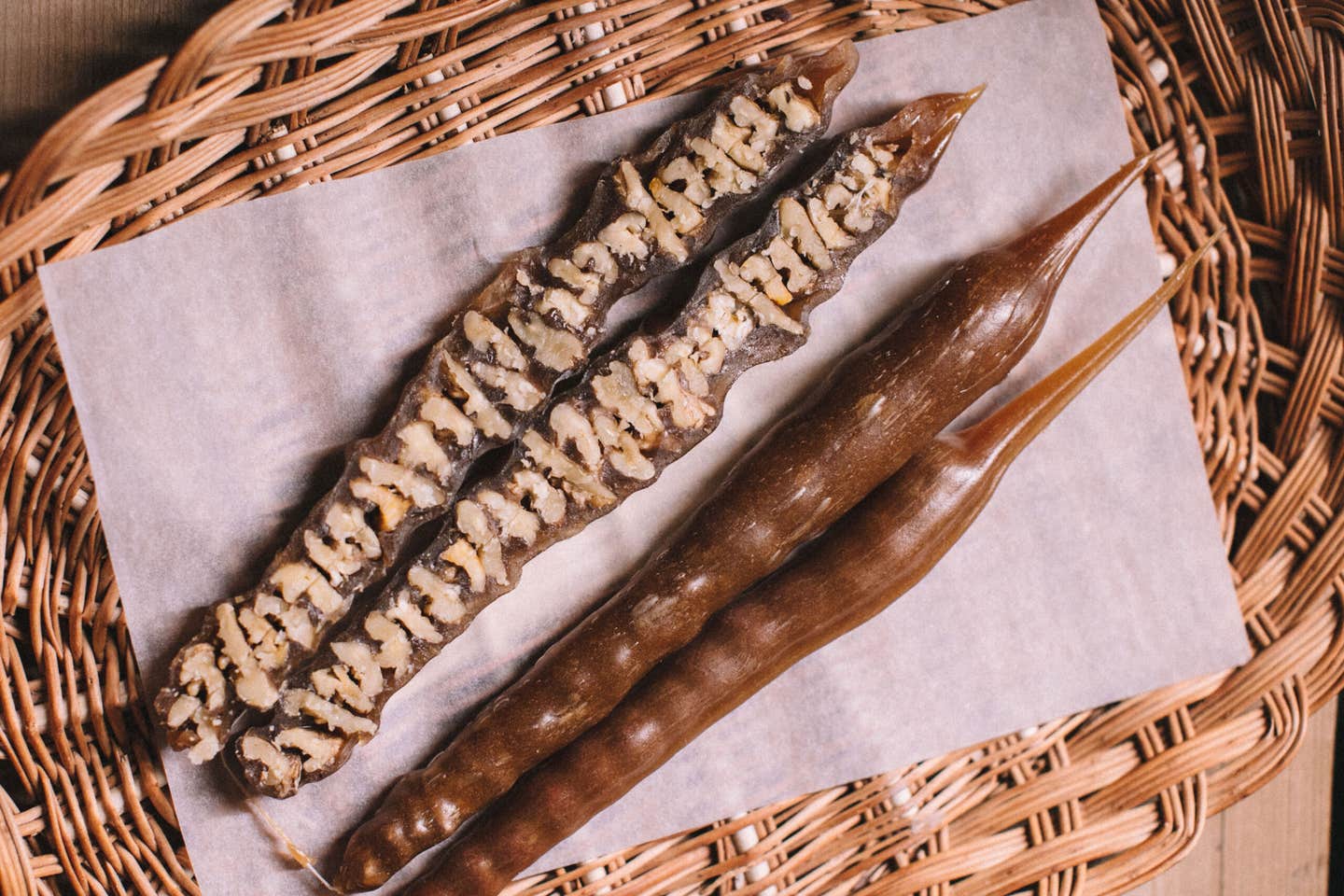
Keep Reading
Continue to Next Story

